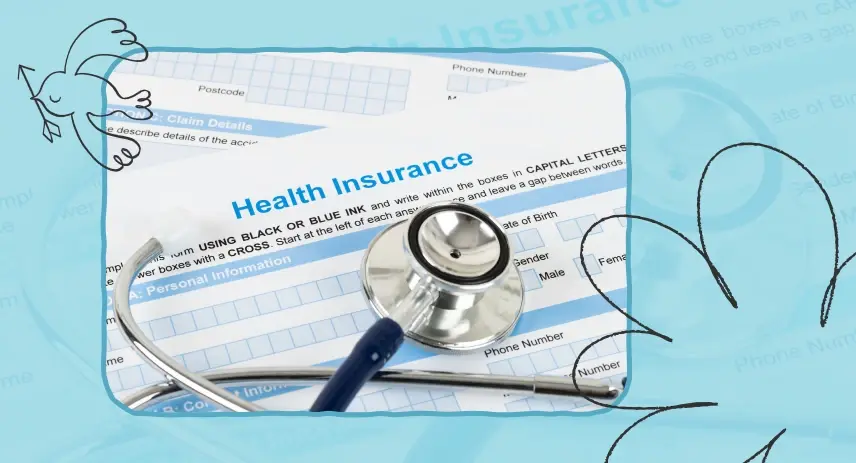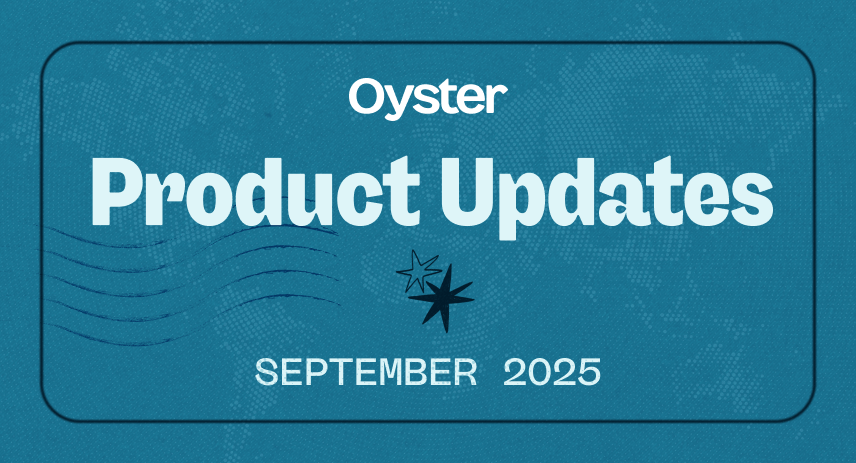What is a qualifying life event?

Qualifying life event
In the United States, health insurance is one of the only ways people can protect themselves against rising healthcare costs that are already among the highest in the world. Most people receive their health coverage through either federal, state, or employer-sponsored plans. Once they elect a plan, they can only change it after a qualifying life event (sometimes called a QLE). Knowing what a qualifying life event for insurance is and how to take advantage of the enrollment period is crucial for maintaining coverage throughout the year.
The Affordable Care Act (ACA) guarantees an open enrollment period for health coverage each year. Families and individuals can freely elect a new healthcare plan or continue the coverage they already receive. Private insurance plans, such as employer-sponsored plans, also have open enrollment periods. Once you choose a healthcare plan, changing your coverage is only possible if you experience a qualifying life event. This event marks a significant change in your personal or financial situation and triggers a particular open enrollment period during which you can make new healthcare elections. All ACA-compliant health insurance plans abide by these special enrollment periods for qualifying life events, but specific short-term coverage plans may not.
What qualifies as a life event for insurance?
Generally, qualifying life events fall into four categories: loss of coverage, changes in the household, changes in residence, and other qualifying events. Here is a list of qualifying life events from each category. This list is not exhaustive, but covers the most common occurrences.
Loss of coverage
This category covers all the ways a person can lose their primary coverage. Currently, a parent is allowed to cover their child on their health insurance plan up to the age of 26. Once an individual covered on a parent’s health insurance plan turns 26, they lose eligibility for that coverage and are granted a special enrollment period to choose their healthcare coverage.
Another common cause of loss of coverage is plan termination. This usually happens when a person loses their job, changes jobs, or graduates from a higher education program offering them coverage. Some events may also cause a person to lose federal or state insurance plan eligibility, which also triggers a special enrollment period.
Changes in household
If the composition of your household changes, you may be eligible for a special enrollment period. Marriage and divorce both count as qualifying life events under most circumstances. Having or adopting a child also triggers a special enrollment period. Finally, if there is a death in the family, mainly if the deceased was the primary insurer, you are eligible for the special enrollment period.
Changes in residence
Moving to a new ZIP code, county, or state could lead to a change in healthcare coverage laws. When this happens, an individual may be eligible for different plans, resulting in a special enrollment period. This category also covers students who are moving between states for school.
Moving to or from transitional housing or a shelter also qualifies, as does moving to or from a place of work for seasonal workers.
Other qualifying events
This category covers notable or miscellaneous life changes that trigger a special enrollment period. Such events include:
- A member of AmeriCorps beginning or ending their term
- An individual becoming a member of a federally recognized tribe
- An individual gaining US citizenship
- Changes in income that change one’s eligibility for coverage
How long is the special enrollment period?
People usually have access to a 60-day special enrollment period after a qualifying life event. This event must be registered with the insurance provider for the special enrollment period to open. For those with ACA coverage, this can be done by visiting healthcare.gov and logging the change. Those with employer-sponsored plans should consult with their employer or provider about how to proceed. You can reach most insurance providers through the phone number printed on your insurance card.

How to prove a qualifying life event
The exact procedure for proving a qualifying life event will vary based on the nature of the change. In the case of marriage, you will likely need to present a copy of your marriage certificate to the insurance provider. A birth certificate or adoption papers will be required if you’ve had or adopted a child. The best way to find out what documentation you need is to consult the insurance provider directly.
About Oyster
Oyster enables hiring anywhere in the world—with reliable, compliant payroll, and great local benefits and perks.

Related Resources

.avif)
.avif)








